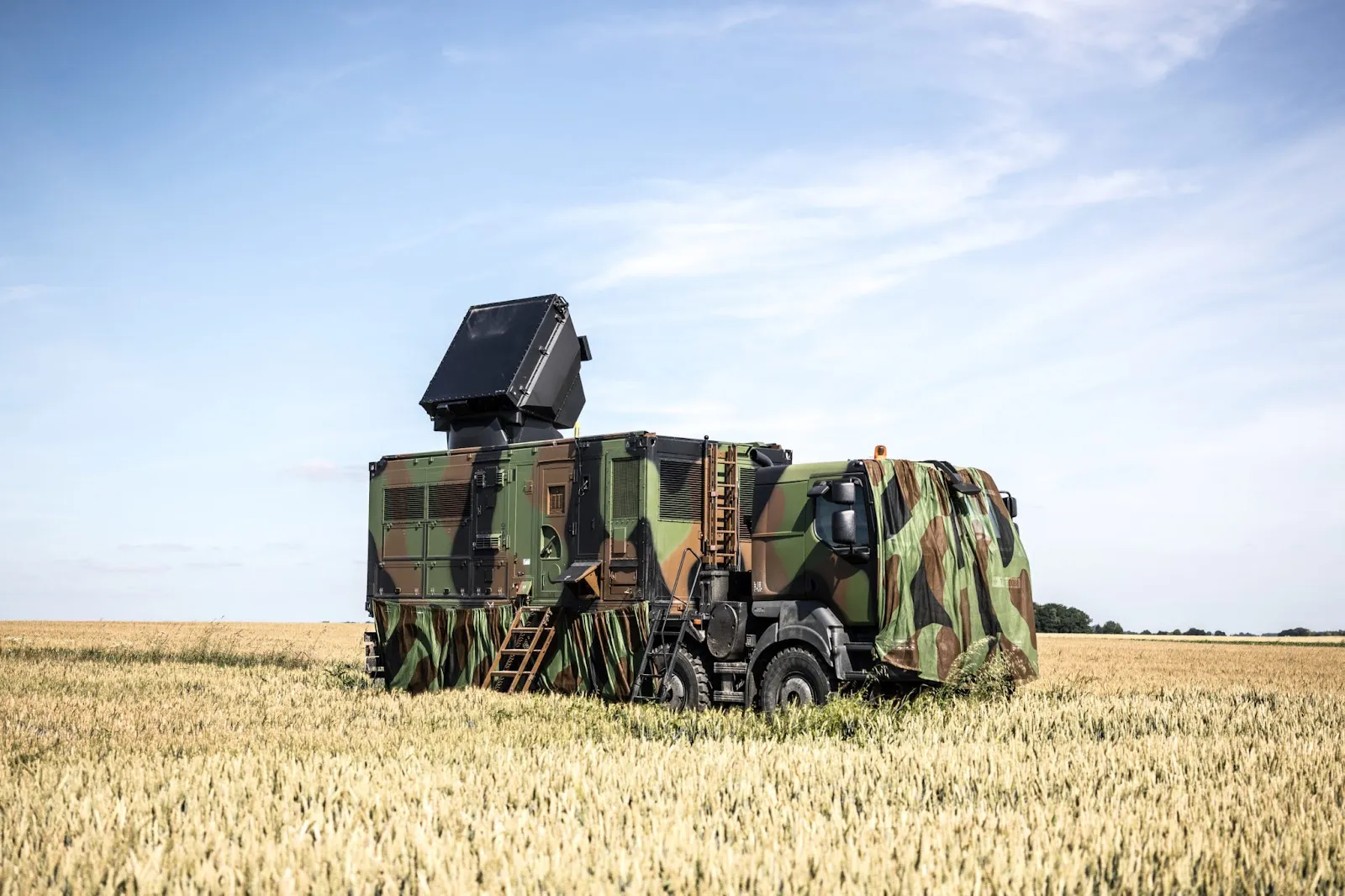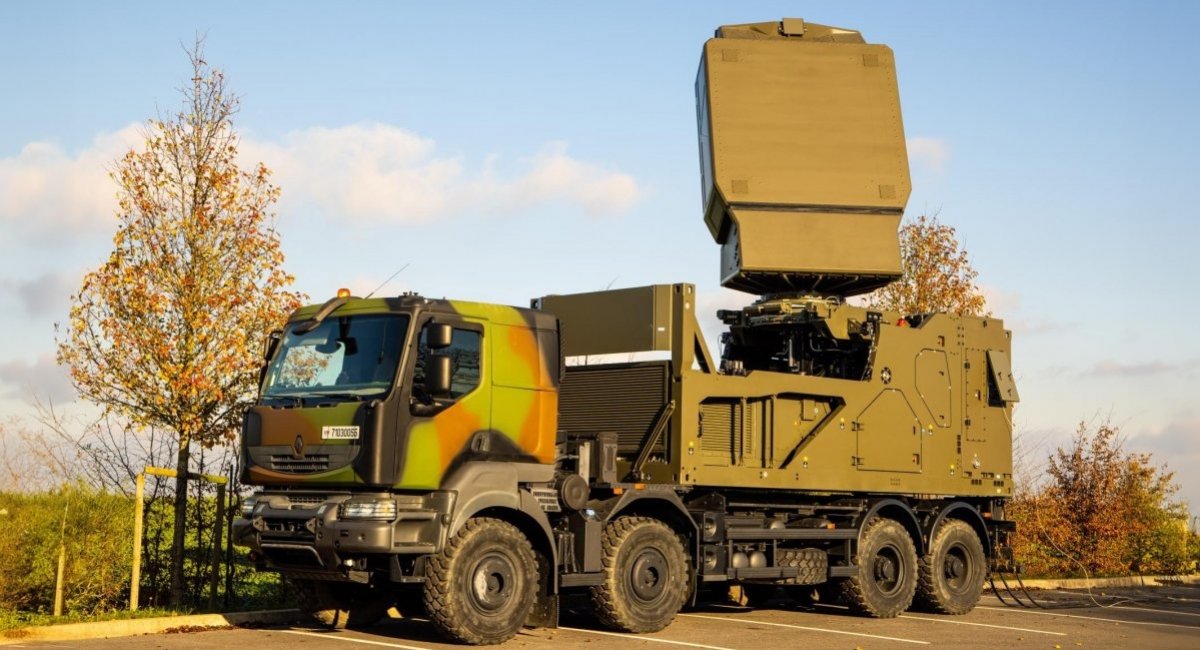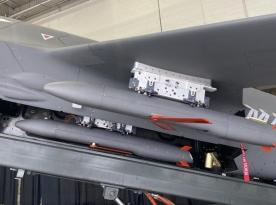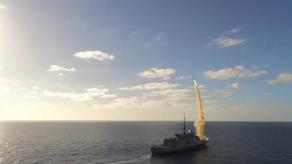France-based Thales has successfully completed factory acceptance tests for the new Ground Fire 300 MRI radar, which will be integrated into the upcoming SAMP/T NG air defense system.
The final tests took place on March 19, as announced by the European intergovernmental Organization for Joint Armament Cooperation (OCCAR). These tests clear the way for integrating the radar into the system, and the full battery testing is expected to begin soon.
Read more: Not Just F-35, Canada's $77-Billion River-Class Destroyers Also Hinge on the U.S.
Thales introduced the GF 300 in 2017, Then, the French Ministry of Defense placed an order in 2019, and the first prototype appeared in 2020. The recent tests, meanwhile, were performed on a serial model already. Rather than being developed from scratch, the radar is based on Thales’ Sea Fire naval radar.
The GF 300 boasts a detection range of 400 km, providing 360° coverage in azimuth and 90° in elevation. Built with GaN technology, this 4D radar features an active electronically scanned array (AESA) and can track up to 1,000 targets simultaneously.
The antenna can operate in two modes: rotating at one revolution per second for full coverage or focusing on a specific sector, updating target data 10 times per second. This rotation eliminates the blind spots seen in older American Patriot radars — the issue was addressed in the latest LTAMDS radar currently undergoing testing.
According to the manufacturer, the GF 300 can perform autonomous ballistic missile detection and engagement with a minimized reaction time. It offers high resistance to electronic interference and exceptional sensitivity, making it suitable for both air defense and counter-battery operations.
The introduction of GF 300, should unlock the full potential of SAMP/T NG which is set to enter service in 2026. The contrast with the existing SAMP/T system’s Arabel radar is significant; Thales declares that Arabel has a maximum detection range of 80 km and can track up to 130 targets.

For ballistic missile defense, the company highlights the GF 300’s ability to detect threats from all directions through external target designation.
For a reminder, SAMP/T NG will also feature upgraded Aster 30 Block 1 NT missiles, under development since 2015. These effectors incorporate a modernized electronic suite, a new seeker, and enhanced interception capabilities against ballistic threats.
Read more: Unwillingly, russians Admit Their S-400 Cannot Repel Ballistic Missiles Even With Newest 40N6 Interceptors














